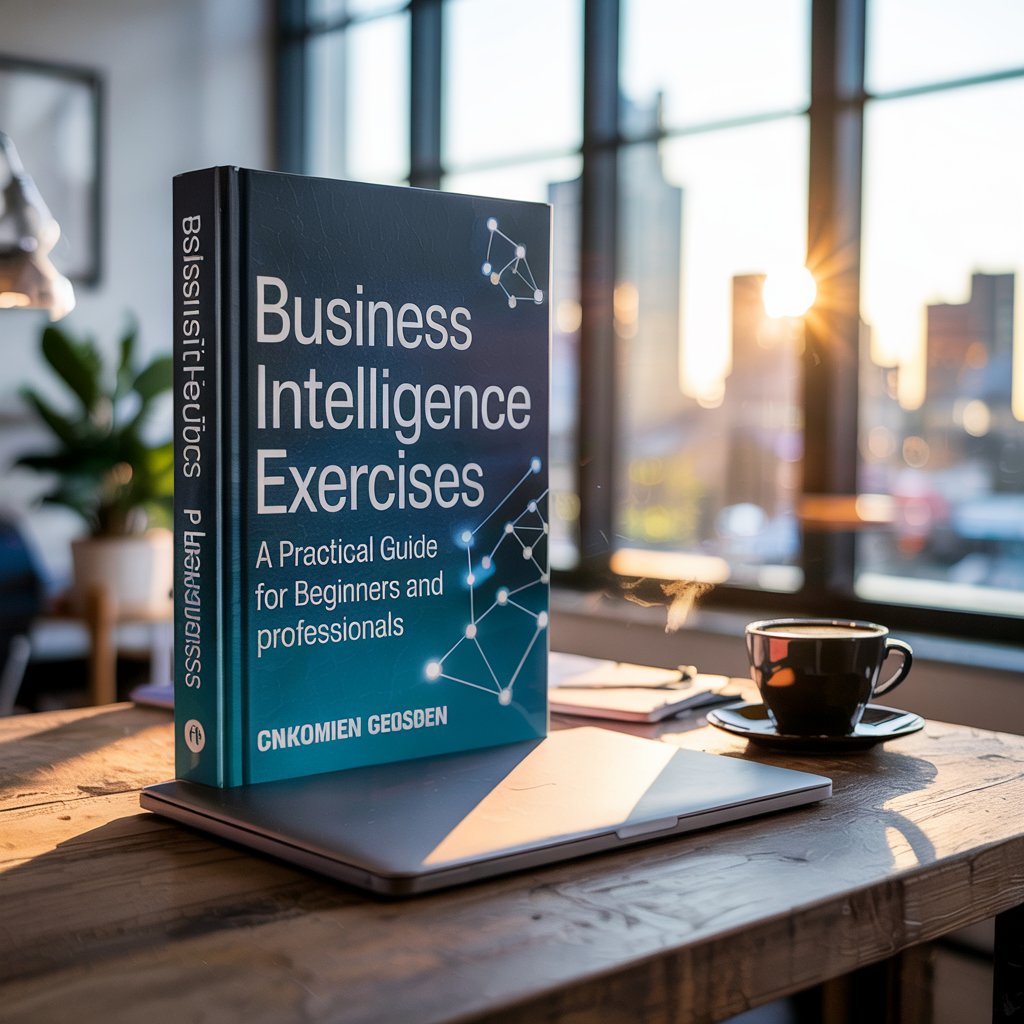Business Intelligence (BI) is the process of collecting, analyzing, and transforming raw data into meaningful insights to support decision-making. Whether you’re new to BI or sharpening your skills, practicing with real-world business intelligence exercises can help improve your understanding and confidence with tools and strategies.
In this article, we’ll explain what BI exercises are, why they’re important, examples you can try, and address some frequently asked questions. Whether you’re a student, data analyst, or business professional, these exercises can level up your BI game.
What Are Business Intelligence Exercises?
Business intelligence exercises are practical tasks or activities that help you apply BI concepts using real or simulated data. These can range from data cleaning and visualization to creating dashboards, reports, and performing predictive analysis.
They’re often used in training, courses, or self-study to build skills with tools like:
-
Microsoft Power BI
-
Tableau
-
Excel
-
SQL
-
Google Data Studio
Benefits of Business Intelligence Exercises
✅ Hands-on Learning – Real data practice helps you understand theoretical concepts faster.
✅ Tool Familiarity – Learn how to use BI tools more effectively.
✅ Problem-Solving – Exercises sharpen analytical thinking.
✅ Portfolio Building – Projects can be added to your resume or LinkedIn.
✅ Workplace Preparedness – Practice common tasks found in real business settings.
Examples of Business Intelligence Exercises
Here are several beginner-to-intermediate BI exercises you can try:
1. Data Cleaning and Transformation (Beginner)
Tool: Excel or Power Query (Power BI)
-
Import a messy dataset (e.g., missing values, inconsistent formats)
-
Clean the data: remove duplicates, standardize text, fix dates
-
Use filters and conditional formatting
2. Basic Sales Dashboard (Beginner to Intermediate)
Tool: Power BI or Tableau
-
Use a sample sales dataset
-
Create visuals: bar chart (sales by region), pie chart (product categories), line chart (monthly sales)
-
Add filters like date ranges or region dropdowns
3. SQL Query Exercise (Intermediate)
Tool: MySQL, PostgreSQL, or SQLite
-
Write queries to:
-
Retrieve sales by month
-
Join customer and order tables
-
Identify top 5 best-selling products
-
4. KPI Report Creation (Intermediate)
Tool: Power BI, Excel, or Google Data Studio
-
Define 3-5 KPIs: revenue, customer acquisition, retention rate, conversion rate
-
Build a report or dashboard showing the KPIs with visual indicators
5. Predictive Analysis (Advanced)
Tool: Python (Pandas, scikit-learn), or Power BI with AI features
-
Use historical data to predict future sales or trends
-
Apply basic forecasting models or machine learning techniques
-
Visualize results with trend lines
Tips for Getting Started
-
Start small: pick one tool and master the basics
-
Use public datasets from Kaggle, Google Dataset Search, or Data.gov
-
Watch YouTube tutorials and follow along with projects
-
Join BI communities for feedback and support (e.g., Reddit, LinkedIn groups)
FAQs About Business Intelligence Exercises
1. Do I need coding skills to do BI exercises?
Not always. Tools like Power BI and Tableau are low-code or no-code, great for beginners. However, SQL and Python are useful for more advanced tasks.
2. Where can I find datasets for practice?
You can find free datasets on:
-
Kaggle
-
UCI Machine Learning Repository
-
Google Dataset Search
-
Data.gov
3. How long does it take to become proficient in BI?
It depends on your background and time commitment. With regular practice, most people can build strong foundational skills in 2-3 months.
4. Can I get a job by practicing BI exercises alone?
Exercises are a great start! Pair them with certifications, real-world projects, or internships to boost your chances.
5. What’s the most important BI skill to learn first?
Start with data visualization and understanding how to interpret data. Learning basic Excel, Power BI, or SQL is also highly recommended.
Conclusion
Business intelligence exercises are a powerful way to build real-world data skills. Whether you’re preparing for a career move, upgrading your current role, or just curious about data, BI exercises offer a practical path to growth. Start simple, practice regularly, and you’ll be surprised how quickly your confidence and skills grow.
Want help creating a BI exercise tailored to your industry or level? Let me know, and I’ll craft one for you!



